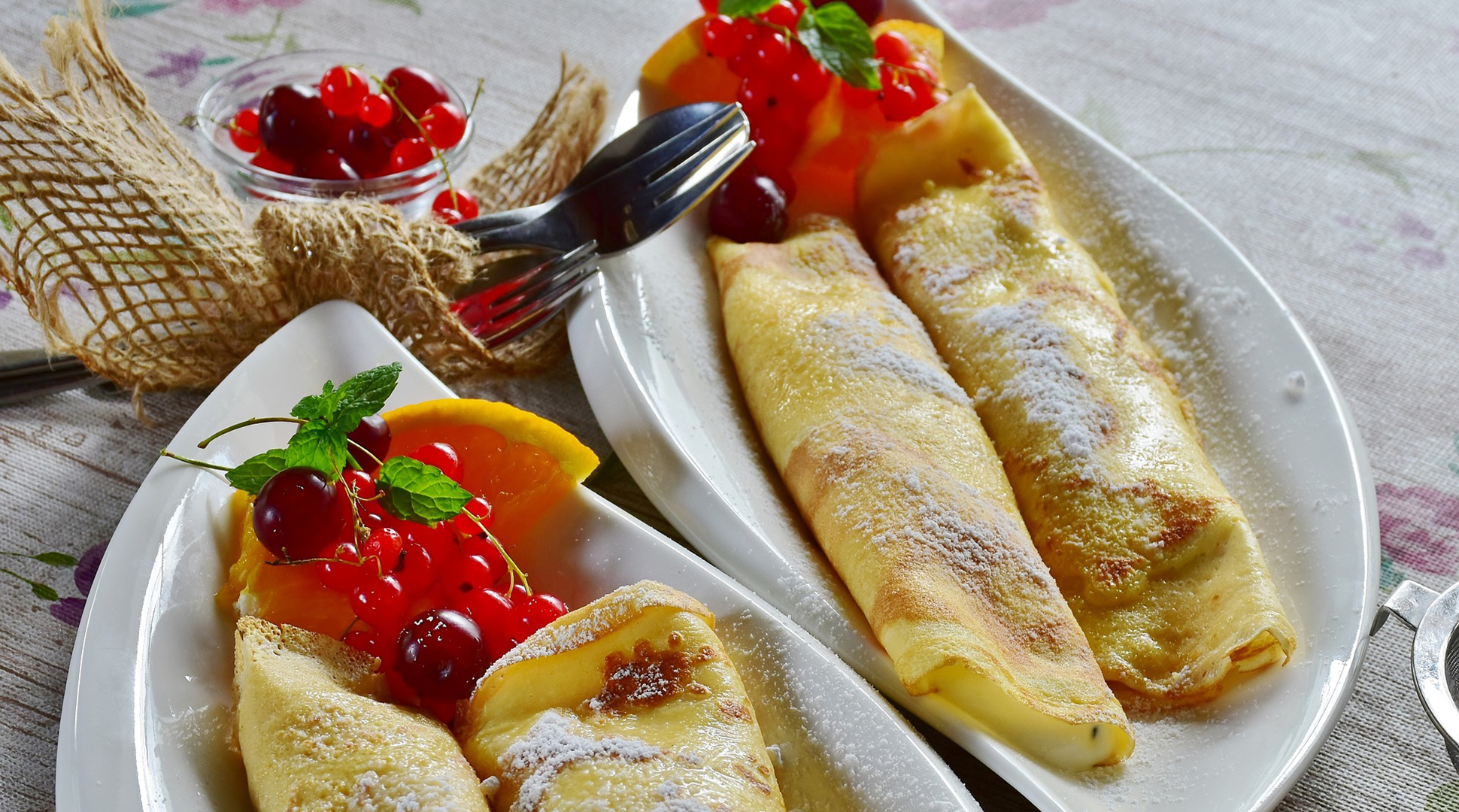Photo courtesy RitaE on Pixabay
by Julie Garden-Robinson, Phd, RD, LRD
"Wow, score!" I thought to myself as I reached for a cookbook with more than 1,600 recipes from 17 countries.
Better yet, the book was marked $3 at the antique store, and all books had an additional 25 percent markdown that day. They were practically giving the book away.
I retrieved my phone and noted the cookbook being sold online for prices ranging from $5 to $40, with positive reviews.
The copyright date was 1981. That stung a little. I don't exactly consider the 1980s as antique-worthy, but my kids would.
I began paging through the book on the way to the checkout. I came across a newspaper clipping someone had tucked into the book and chuckled to myself.
The yellowed news clipping was titled "What North Dakota women look for" (in a man). The local interviews were in response to a study that showed honesty, good looks and time for family ranked ahead of riches when women choose a mate.
Perhaps one of the women pictured in the clipping owned the cookbook. The women cited beautiful eyes, moral values, nice personality, attractiveness and ability to support himself as desirable attributes.
None of the women said "ability to cook and do dishes" as a desirable trait in a mate. They should have interviewed me.
When I set my new cookbook on our coffee table at home, I noticed my husband intently studying the cookbook. I nodded and smiled in his direction.
Food is a way to connect to your own culture as well as a means of exploring other cultures. Cooking also is a fun way to learn with your family.
Traditional recipes use the proteins, dairy, grains, fruits and vegetables characteristic of the region. Here's a little activity for you. I have listed some examples of foods from various parts of the world, but they are not necessarily arranged in menus typically served together.
Can you name the country or area of the world?
Group 1. Stuffed cabbage rolls, cooked potato dumplings, kuchen
Group 2. Tahina-cheese salad, lamb with orange and barley, lovash
Group 3. Ratatouille, brioche, crepes
Group 4. Chicken liver paprikash, blitz torte
Group 5. Peking duck, Mandarin pancakes
Group 6: Turkey in mole sauce, cumin salad
Group 7: Haddock with dill, rye bread, currant cake
How did you do? Here are the answers, but keep in mind that recipes travel the world, just like people. Group 1. Germany; 2. Middle East; 3. France; 4. Hungary; 5. China; 6. Mexico; 7. Norway.
Try something new to inspire your menus with the flavors of other cultures. Thanks to the internet, we have the world of recipes at our fingertips.
However, I still enjoy paging through cookbooks. I noted a picture-based guide to making crepes, with appreciation to "The Creative International Cookbook" edited by Charlotte Turgeon. I had promised the kids in our 4-H club that I would teach them to make crepes using my electric crepe maker. They were very successful crepe makers, and they consumed the entire batch with fresh fruit, whipped cream and a thin drizzle of chocolate sauce.
Check out Garden-Robinson's Basic Crepes recipe.
(Julie Garden-Robinson, Ph.D., R.D., L.R.D., is a North Dakota State University Extension food and nutrition specialist and professor in the Department of Health, Nutrition and Exercise Sciences. Follow her on Twitter @jgardenrobinson)
